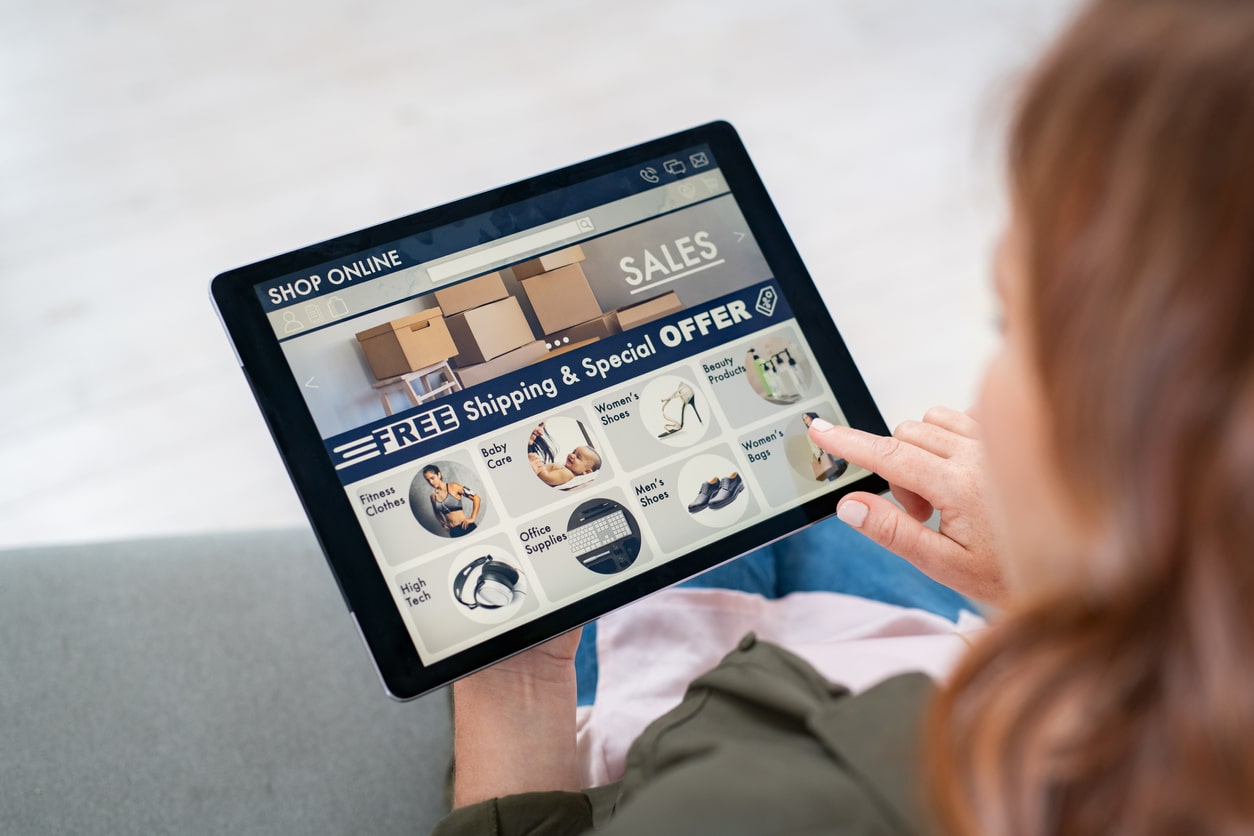Do you want to save time, control spending, and find a way to manage inventory efficiently? Developing a purchase order system can help.
Purchasing is a process. Purchase orders are documents sent to sellers. The document lists items the buyer would like to purchase for resell in their small business. This document serves as a legal agreement once the seller okays the order. It’s like a contract between the business owner and a wholesaler.
If you have a small business with less than five employees, you may be able to get away with not using purchase orders for a while. If you plan to grow, however, purchase order systems can be a massive blessing to operations.
Benefits of Purchase Order Systems
One of the most significant benefits of purchase order systems is that they are tracking superstars. You can easily access reports on what you have bought, payments made, payments due, and receipt of orders. Purchase order systems also prevent fraud, help you avoid multiple purchases of the same item, both of which can save money.
Purchasing becomes a whole lot simpler with purchasing order systems. They have programs to help you plan future buys, simplify records, and manage inventory. Because they are digital formats, they prevent loss or damage of paper PO’s. You no longer have to worry if the order you wrote on a napkin will get thrown away or used to wipe up spilled coffee.
When you’re ready to develop a purchase order system for your business, there are specific steps you can follow to enhance the process.
Know the Different Types of Purchase Orders
There are at least three types of purchase orders available: blanket, single-use, and planned. Suppose you need to make repeat purchases of the same item from a wholesale company without creating a new purchase order each time. In that case, blanket PO allow you to do this over an extended period.
Single-use purchase orders are used when buying an item you will not be buying again in the future. Planned purchase orders allow you to predict future orders and submit your request early, even if they will be delivered later.
Choose An Electronic Purchase Order System
We are living in the digital age. Businesses nationwide have switched to electronic purchase order systems. Choosing a system is much more complex than using one because there are so many great programs available.
To help, check out the features of the software. Make sure it can let you control and authorize spending, has a budget module, tracks receipts, and allows you to create databases for vendors and products. Also, make sure you can store contracts between your business and wholesalers, provide real-time support if you have questions, and create reports on your data.
Here are some other positives to look for when purchasing software for purchase orders:
- Creates accounting records like profit and loss and balance sheets
- Provides security and protection
- It can be accessed by you while away from the office
- Calculate landed costs
- Batch invoicing
- Bulk purchasing
Create a Purchase Order Template
A good purchase order will provide specific details about your company, the wholesale supplier, the items being purchased, spending, and more. When creating your purchase order template, be sure to include a purchase order number, which will serve as an identification tool for matching invoices and receipts. Also, include your company’s contact information and point of contact, and the same information for the supplier.
Payment terms, shipping details like expected date and carrier, taxes, item numbers, description of items, quantity, price per unit, total cost, and total net costs are additional details that should be on a purchase order.
Create a Purchase Order System Policy
Developing rules and instructions for using the purchase order system may not be the most fun task, but it is essential for you, your employees, and vendors. The policy will outline who can use the system, limitations, exceptions, and misuse consequences.
The policy should list member roles and duties in great detail. Include the system administrator, approver, finance team, and employees.
Your policy should also be educational and provide guidelines on how to use the system. Consistency in purchasing and using the purchase order system will help employees know what is expected and help you enforce policies. Plus, it keeps you organized and leaves little guesswork for anyone making purchases.
Establish a Requisition Process
Purchase orders cannot be created without a requisition, a request for a purchase order submitted by an employee when they need to buy goods.
Using your purchase order software, you can create a requisition template that all employees can access. Better software programs will have a template included. While many businesses use emails to do this, it is more difficult to track and wastes time scanning old emails.
Understand the New Process
Once a requisition is received, the next step is to begin a purchase order. It will then be approved and sent to the wholesale company or another vendor, checking to see if items are in stock. If they are, the vendor will approve the purchase order. When your items are shipped and upon arrival, you can close the purchase order.
Evaluate Products and Suppliers
Once you enter and catalog items purchased and the wholesale suppliers into your purchase order system, you can run reports to assess data about each. You want to track how well your products sell so you can make future buying decisions. You also want to track information about suppliers that can also influence future decisions.
Excellent suppliers have specific characteristics that help both of you succeed. Examples include shipping on time, products arrive undamaged, positive customer service experience, price, discounts and deals, and item performance.
Finally, use your purchase order system to improve relationships with suppliers. Connect with them when possible, get feedback on your system, and make changes as needed. With the right purchase order system, you and your business can grow.







No Comments